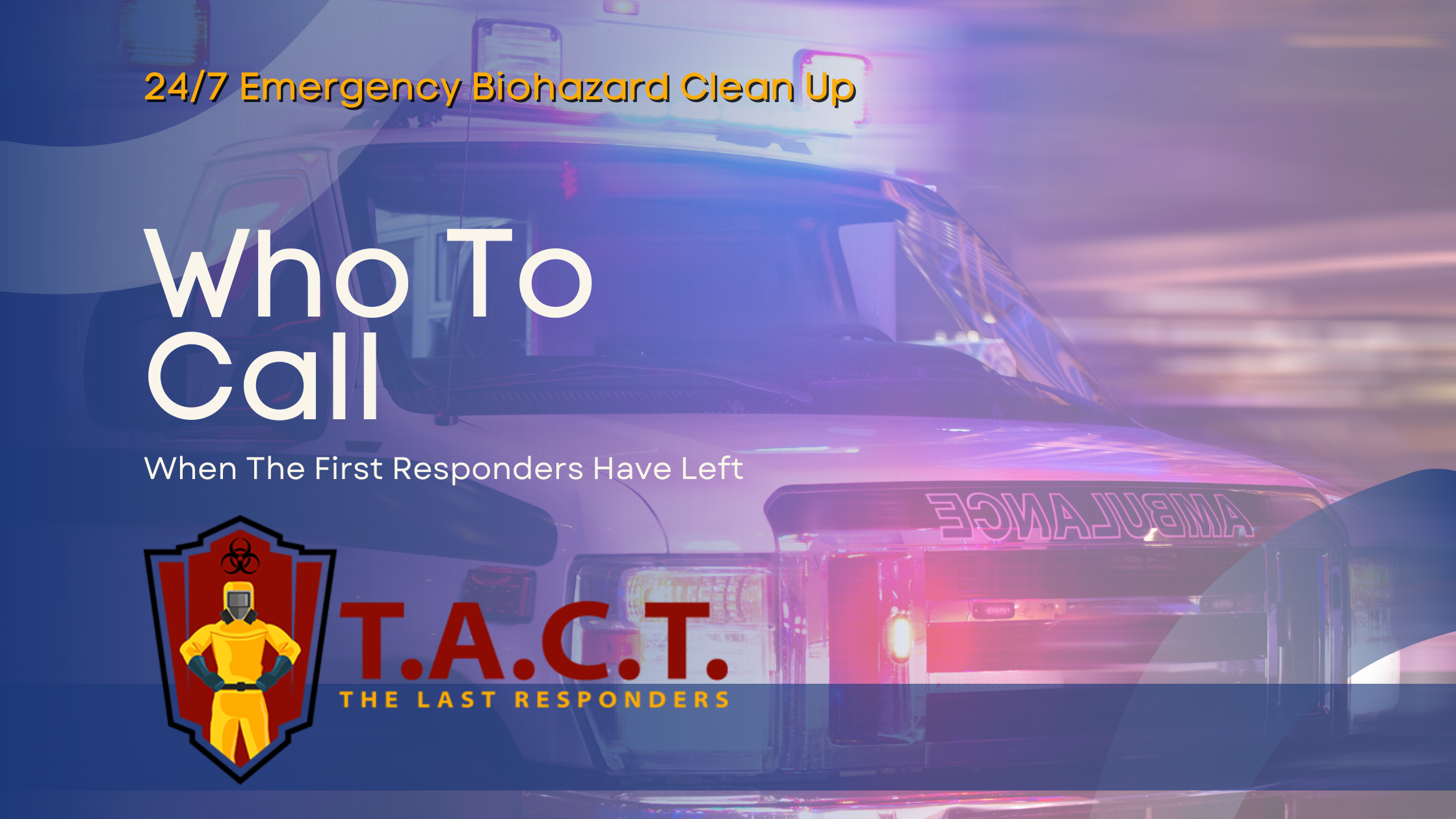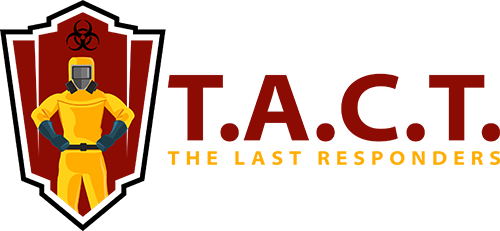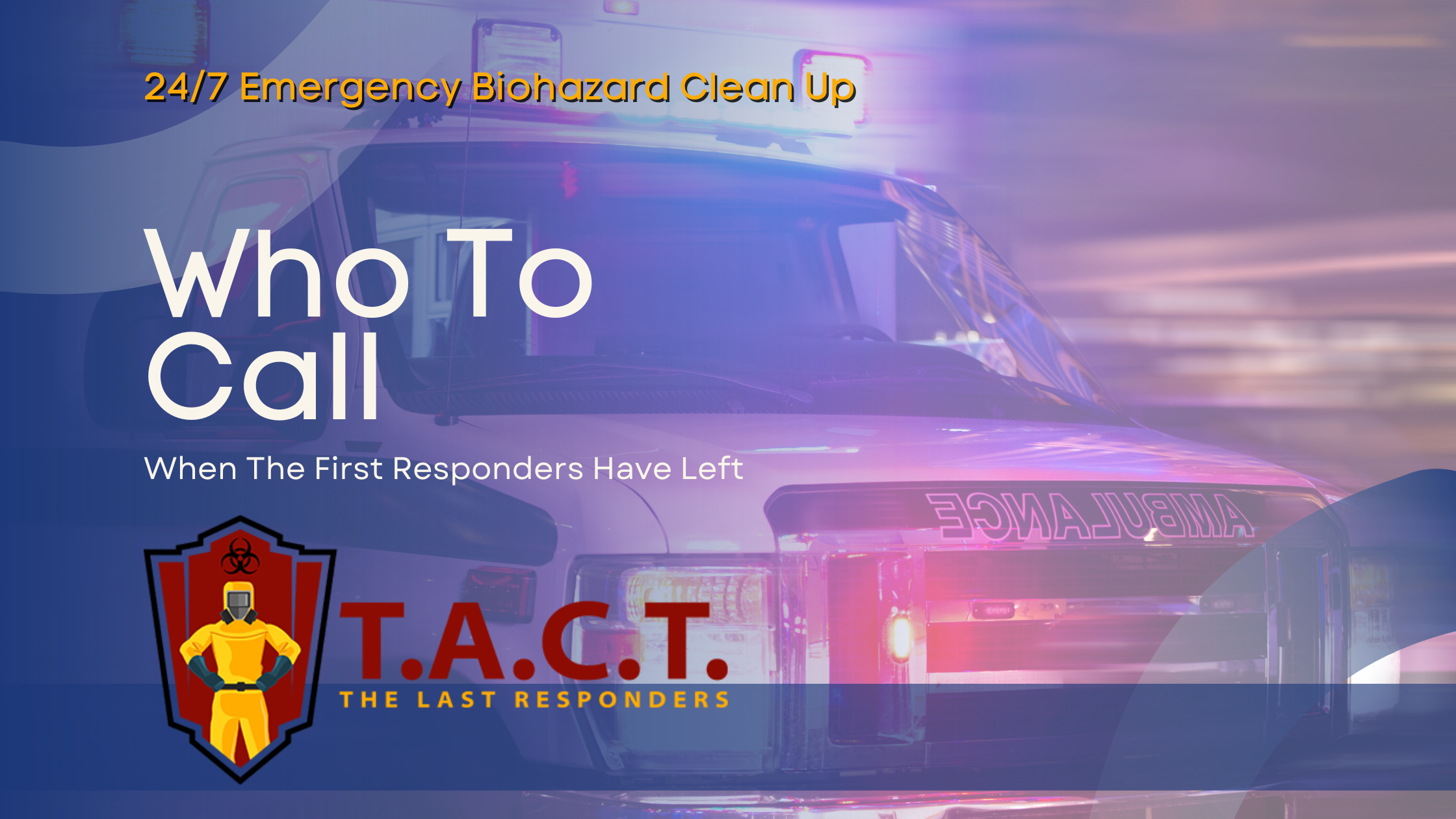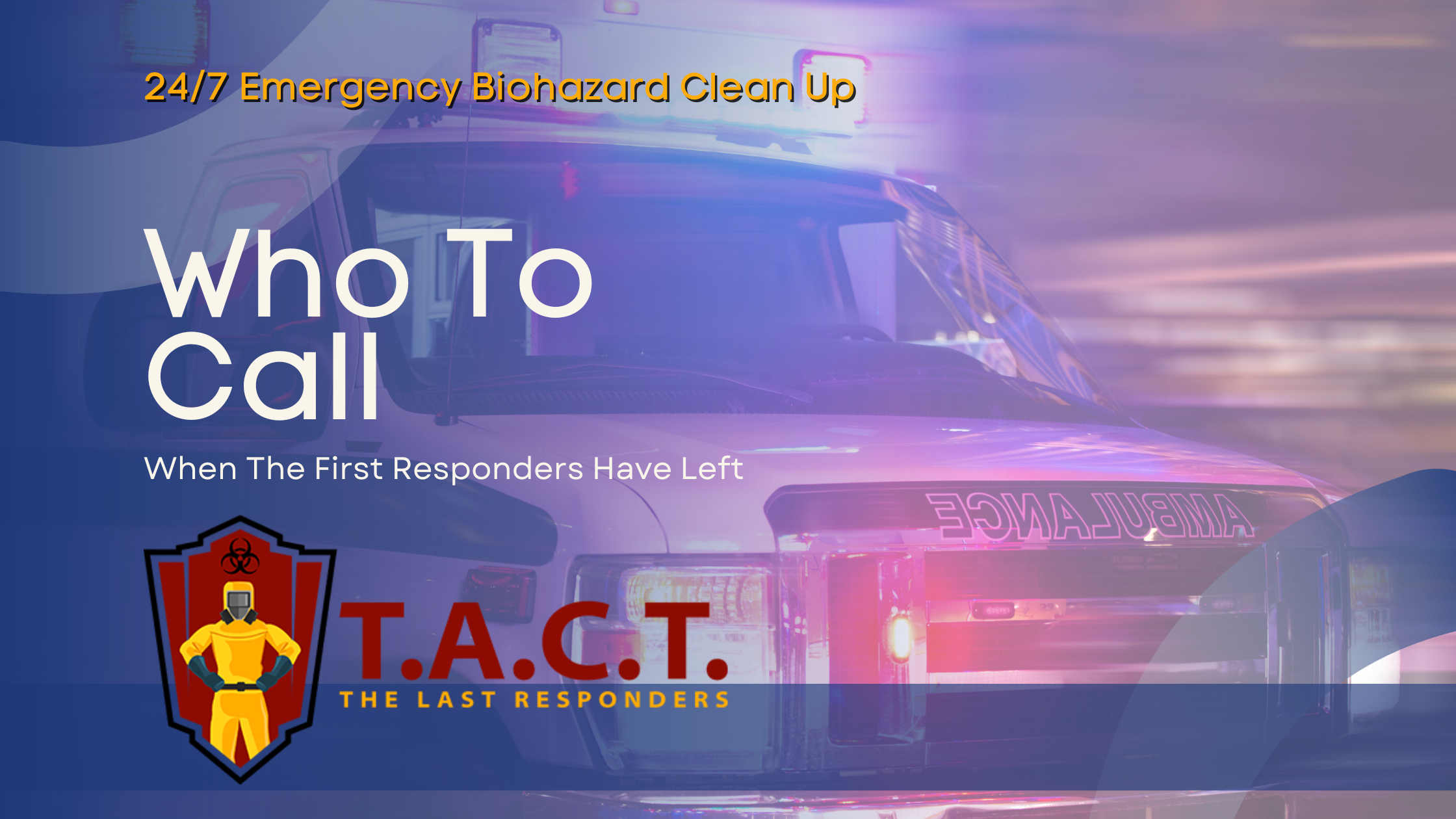Guide to mold cleanup do it yourself or hire a pro?

Essential Guide to Mold Cleanup: Do It Yourself or Hire a Pro?
Introduction to Mold
Mold growth can occur in any building, causing health concerns and damage to structures - it’s essential to understand the mold remediation process.
Mold spores are present everywhere, but high humidity and moisture can lead to mold growth, making it crucial to address the issue promptly.
The Environmental Protection Agency (EPA) provides guidelines for mold cleanup, emphasizing the importance of safety precautions and proper techniques.
Several factors, such as the size of the mold problem, type of materials affected, and potential health risks, influence the approach to mold cleanup.
Professional mold removal can be costly, but it’s often necessary for large or complex mold problems, especially in cases of black mold or contaminated water.
Mold exposure can cause allergic reactions, runny nose, and other health issues, making it vital to handle mold cleanup with care.
Assessing the Situation
Before starting cleanup, assess the affected area to determine the extent of the mold problem and identify the source of moisture. The approach to cleanup depends on the size of the moldy area and other considerations.
Check for visible mold, hidden areas, and signs of water damage, such as plumbing leaks or roof leaks, to ensure a comprehensive evaluation.
One consideration is the size of the moldy area, which is a key factor in deciding whether to handle the cleanup yourself or hire a professional. Consider hiring a professional mold remediation company if the affected area is larger than 10 square feet or if you’re unsure about how to proceed.
Take note of the type of materials affected, including porous materials like carpet and ceiling tiles, and hard surfaces like walls and floors.
Evaluate the potential health risks associated with mold exposure, especially for individuals with pre-existing health conditions.
Preparation for Cleanup
Wear protective gear, including gloves, masks, and eye protection, to prevent mold exposure and ensure a safe cleanup process.
Contain the affected area to prevent the spread of mold spores, using plastic sheets and tape to seal off the area.
Remove wet materials and standing water as soon as possible, including carpet and padding, to prevent further mold growth and reduce the risk of mold exposure.
Use a shop vac to clean up debris and dust, and ensure contaminated materials are properly thrown away in sealed bags to prevent mold spread.
Open windows and doors to provide ventilation and help reduce moisture levels.
DIY Cleanup
For small mold problems, DIY cleanup can be effective, but it’s essential to follow proper guidelines and take necessary safety precautions.
Use a solution of 1 cup of bleach per gallon of water to clean hard surfaces, and a mild detergent for porous materials. Dish detergent can also be used as an alternative to bleach for cleaning mold, especially on certain surfaces. When cleaning non-porous surfaces, using hot water can help remove mold more effectively. For carpets, hot water extraction is recommended for thorough cleaning.
Avoid mixing bleach with other cleaning products, and never use ammonia or other harsh chemicals, as mixing bleach with other cleaners can produce toxic fumes.
Clean and disinfect all surfaces, including walls, floors, ceilings, and carpets, to prevent the spread of mold. Carpets that have been contaminated with mold should be thoroughly cleaned or replaced, with hot water extraction being a recommended method to ensure deep cleaning and to maintain warranty requirements.
Dry the area completely to prevent further mold growth, using fans and dehumidifiers as needed.
Professional Mold Remediation
For larger or more complex mold problems, professional mold remediation is often necessary to ensure a safe and effective cleanup.
Hire T.A.C.T. North Atlanta with experience in handling mold removal and remediation.
When selecting a contractor for mold remediation, it's important to ask detailed questions about their experience, certifications, and the methods they use to ensure proper mold removal.
Check references and ensure that T.A.C.T. North Atlanta follows proper mold removal protocols and guidelines.
Consider hiring a professional if you’re unsure about how to handle the mold problem or if you have health concerns.
A professional mold remediation company like T.A.C.T. North Atlanta can provide a comprehensive assessment and develop a customized plan for mold removal and remediation.
Cost Considerations
The cost of mold remediation can vary widely, depending on the size of the affected area, the type of materials involved, and the complexity of the job.
Costs can be significantly higher if the HVAC system is contaminated, as specialized cleaning of HVAC components is often required to properly remove mold.
Professional mold remediation can range from $1,500 to $9,000 or more, depending on the scope of the project.
DIY cleanup can be more cost-effective, but it’s essential to consider the potential risks and consequences of improper cleanup.
Factor in the cost of materials, equipment, and potential health risks when deciding between DIY and professional mold remediation.
Consider the long-term benefits of professional mold remediation, including the prevention of future mold growth and the protection of your health and property.
Safety Precautions
Mold exposure can cause serious health problems, including allergic reactions, respiratory issues, and other health concerns.
Wear protective gear, including gloves, masks, and eye protection, to prevent mold exposure.
Avoid eating, drinking, or smoking in the affected area, and wash your hands thoroughly after handling moldy materials.
Keep the affected area contained to prevent the spread of mold spores, and use ventilation to reduce moisture levels.
Consider hiring a professional if you have health concerns or are unsure about how to handle the mold problem safely.
Cleaning and Disinfecting
Cleaning and disinfecting are vital steps in the mold remediation process to ensure that mold growth is thoroughly addressed and does not return. When tackling mold, it’s important to recognize the difference between porous materials and hard surfaces. Porous materials—such as carpet, ceiling tiles, and drywall—can absorb moisture and harbor mold spores deep within, making them difficult or impossible to clean completely. In most cases, these materials should be removed and discarded to prevent further mold problems.
For hard surfaces like tile, glass, and metal, the Environmental Protection Agency recommends cleaning with a solution of 1 cup of bleach per 1 gallon of water. This mixture is effective at killing mold on non-porous surfaces. Be sure to apply the solution generously, scrub the surfaces thoroughly, and allow the area to air dry. Always wear gloves and ensure good ventilation when using bleach to protect your health.
Remember, simply cleaning visible mold is not enough—removing contaminated materials and disinfecting all affected surfaces are key steps in the mold remediation process. By following these guidelines, you can help ensure that your mold problem is properly addressed and reduce the risk of future mold growth.
Preventing Future Mold Growth
Identify and fix the source of moisture to prevent future mold growth, whether it’s a plumbing leak, roof leak, or high humidity.
Use a dehumidifier to reduce moisture levels, and ensure good ventilation in the affected area.
Regularly inspect for signs of mold and water damage, and address any issues promptly.
Consider using mold-resistant materials and coatings to prevent future mold growth.
Develop a maintenance plan to prevent mold growth, including regular cleaning and inspection of high-risk areas.
Next Steps
After completing the cleanup, inspect the area to ensure that all mold has been removed and the area is dry.
Take steps to prevent future mold growth, including identifying and fixing the source of moisture.
Consider hiring a professional to inspect the area and provide guidance on preventing future mold growth.
Develop a plan for regular maintenance and inspection to prevent mold growth, including regular cleaning and inspection of high-risk areas.
Keep records of the cleanup and remediation process, including before and after photos, to document the work and provide evidence of completion.



